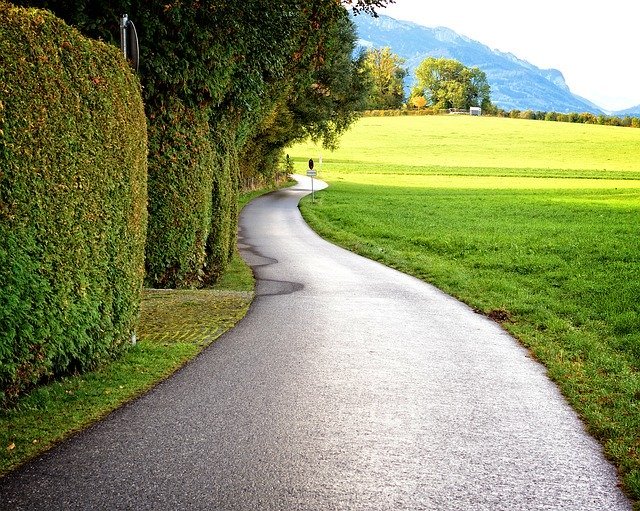
Best Plants To Combat Pollution In Your Garden
Pollution Absorbing Plants for a Greener Garden, making your outdoor space, brighter, cleaner and better for you. What are the best plants to combat pollution in your garden? Certain plants absorb pollution and noise more effectively than others so let’s take a look at how you can improve the air in your area.
In a world full of pollution we can all do our bit to improve our own space, to make the air around us cleaner. Plants are a vital element in our ever-changing environment and we can include more of them to play specific roles.
Learn more here about which are the best plants to combat pollution in your garden.
How do Plants Reduce Pollution?
Plants have the natural ability to improve air quality, both indoors and outdoors by absorbing harmful toxins.
They absorb carbon dioxide and then release oxygen through photosynthesis. Trees, shrubs and hedges are able to capture airborne particles, allergens and pollutants from the atmosphere and basically clean it up, creating a less polluted space.
Plants also increase humidity by a process known as transpiring, they absorb water through roots and leaf pores then circulates the moisture around leaves and stems via a vascular system that is similar to our veins and capillaries.
Pollutants are absorbed on external surfaces of leaves and on plant root systems.
Research shows that by planting up more of our surrounding surfaces such as walls, roofs, buildings and fences around our gardens we can substantially reduce harmful particulates that pollute the air. Green areas absorb noise too and can minimise allergens and pollen.
By understanding which plants can best achieve this helps us to create a more sustainable world to live and breathe in.
Health And Wellbeing Benefits Of A Greener Garden
The health and well being benefits of having a clean, fresh outdoor area should be one of our main focuses when choosing which plants to grow. So let’s take a look at some of the best pollutant busters of the plant world.
In urban areas and along busy, wide roads trees have proved to be effective in catching pollution. Tree canopies cause wind turbulence beneath the leaf line which pulls toxins towards them, these harmful pollutants are then deposited on the surface of the leaves. Any uncaptured toxins rise up out of harms way on the air currents.
A dense perimeter hedge around your garden will have the same effect of collecting pollutants and has the added benefit of providing food and habitat for wildlife.
Hedges grow dense, with multiple leaf surfaces, therefore trapping particles, filtering the air and absorbing noise.
A hedge is also working as a barrier to pollutants from the ground up and will drive air up and over it, taking pollution with it.
Keeping a hedge well maintained, pruned and growing healthily is paramount to its continued effectiveness. Hedges support myriad wildlife, insects, small mammals and birds so the pruning time needs to be taken into account to minimise any danger to habitat. Avoid pruning any hedge between March and August.
Another easy and attractive way to help combat pollution in your garden is to create a green roof. How to Create A Green Roof On Your garden Shed gives you the benefits of doing so and a step by step guide to make one.
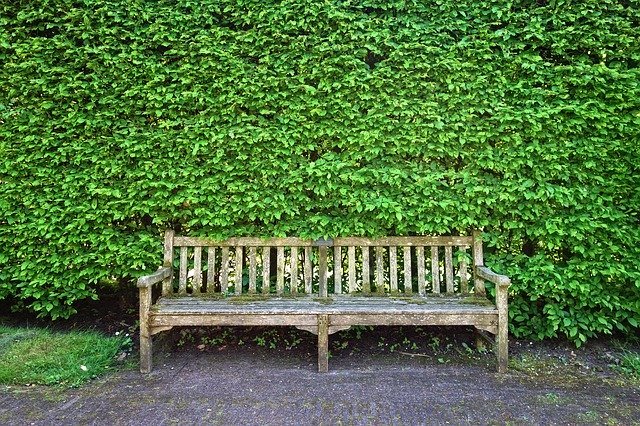
Best Plants for Hedges
These are just some examples of hedging plants:
- Hawthorn
- Cornus
- Hornbeam
- Yew
- Pyracantha
- Beech
- Ribes
- Cotoneaster
- Holly
- Conifer
- Berberis
- Camellia
For further suggestions for hedging plants take a look at Best evergreen windbreak shrubs and trees
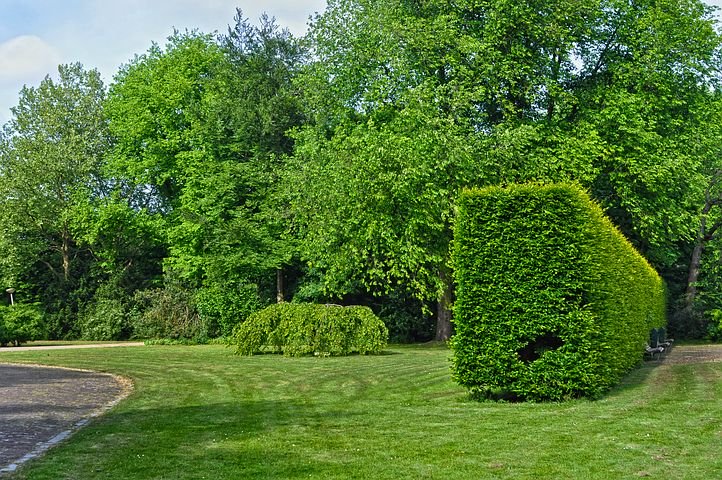
What Are The Best Plants To Combat Pollution ?
Plants that have a high density of leaves that are hairy, rough or waxy are best suited to capture air pollutant particles. Having a wide selection of these plants will also add to the garden visually and increase interest with different textures, forms, height, colour and scent. A mixture of evergreen and deciduous plants give more architectural interest.
Hairy leaves have a much larger surface area than smooth leaves and have the ability to collect pollutants on both sides of the leaf.
- Cotoneaster franchetii
- Pelargonium
- Stachys byzantina
Scaly leafed Plants have overlapping leaves that provides a rough surface to trap unsuspecting particulates. Particles are caught in the scales.
- Cedar trees
- Conifers
In Waxy leaves pollutants are stuck in the waxy cuticle that surrounds the leaves.
- Yew
- Holly
- Viburnum tinus
Leaves that are rough catch pollutants in the ridges and grooves of their uneven surface.
- Hawthorn
- Hornbeam
- Japanese rose
Planting Solutions For Small Areas
If you don’t have space for hedges there are still lots of other plants and ingenious ways of planting that will result in similar pollutant capture.
Plant climbing plants such as honeysuckle, Clematis, jasmine and train them into trees, along trellis, fences and walls.
Pots and containers of plants on a balcony as well as trailing plants from balcony railings will afford the same protection.
Living walls and green roofs will also act as effective barriers to pollutants.
For more information on these design ideas you can read vertical planters ideas.
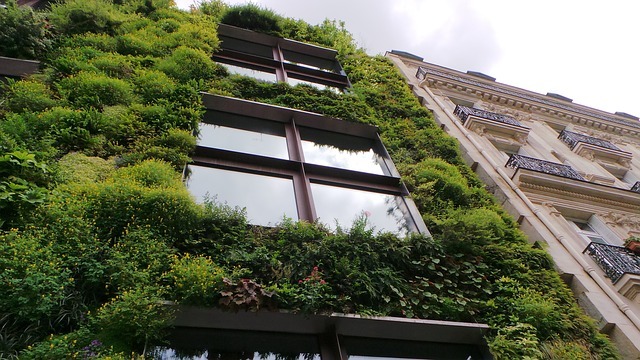
Can Plants Reduce Noise Pollution?
All the above will also help reduce the impact of noise. Plants are very good natural sound proofing.
Sound waves interact with plants and landscaping surfaces such as lawns, patios and walls. Noise is deflected, absorbed and scattered.
Layers of different heights and type of planting filters and reduces noise.
Having a diverse collection of plants and trees in your garden act as natural sound barriers. Introduce a good mix of tall trees, shrubs, hedges and climbing plants to absorb noise pollution at all levels from the ground up.
Making your garden a better place for you to spend your time is important for your general health and well being. Gardening for well-being, Why gardening is good for you
References:
The following reports and articles reveal further statistics and information on plants versus pollution, offering many ways that we can introduce into our own green spaces to combat harmful pollutants.
2020 is the year of the tree read this report from The Tree Council about trees, natural hedgerows and carbon emissions
I really hope that this article has proved useful and interesting to you. Helping you to plant a better garden for you, your family, for wildlife and the environment gives me joy.
If you have been inspired by this article to bring your outdoor space to life please share it with friends and family and on social media.
If you have any questions or would like to discuss your ideas and views then please leave a message in the comments box below. I enjoy hearing from you and I always reply as soon as I can.
Thank You
Louise



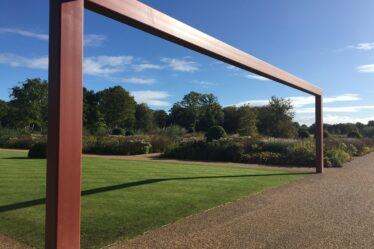

Great article! It’s always inspiring to learn about the different ways we can combat pollution in our daily lives, and the fact that we can do so by incorporating certain plants into our gardens is a wonderful idea.
Hello,
Thank you for your comments. Nature plays a large part in keeping the planet healthy. Plants are a huge benefit to us in assuring that we have clean air. Plant more trees!
Best wishes
Louise